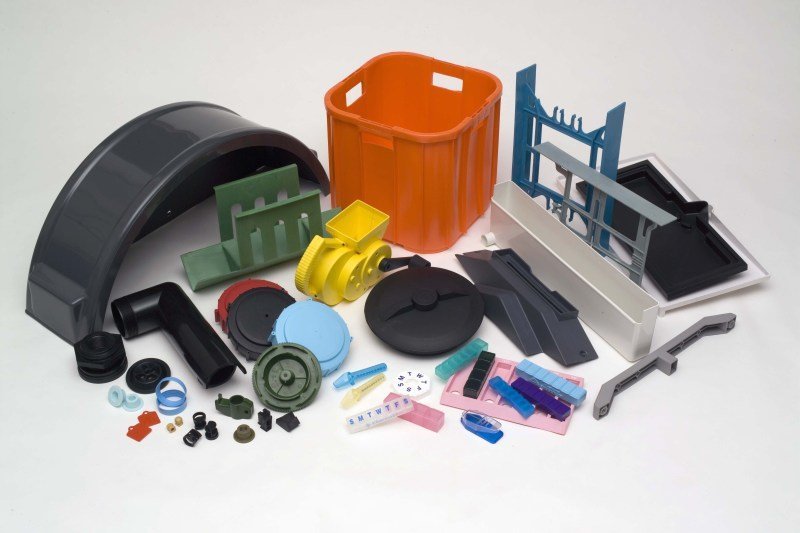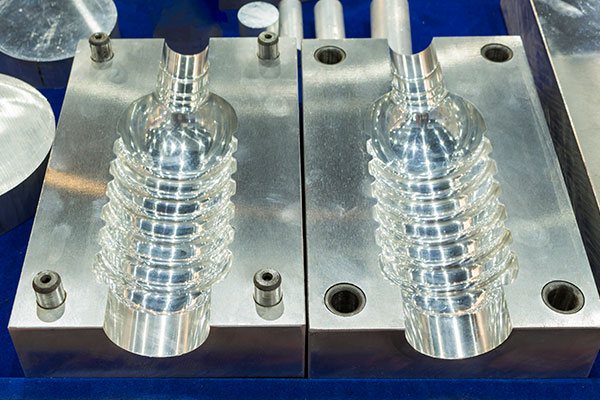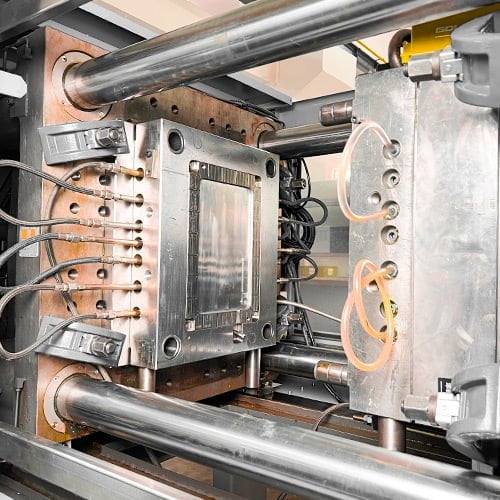The Duty of Plastic Injection Molding in Producing Cost-Effective Industrial Components
The Duty of Plastic Injection Molding in Producing Cost-Effective Industrial Components
Blog Article
The Future of Plastic Injection Molding: Trends and Technologies to Watch
As the plastic injection molding industry advances, several vital fads are emerging that promise to improve its landscape. Automation and smart manufacturing strategies are readied to improve efficiency, while the shift in the direction of lasting materials reflects a growing ecological consciousness. Improvements in 3D printing are leading the means for extraordinary design versatility. Nevertheless, these technologies also bring forth difficulties that call for careful factor to consider. Understanding exactly how these aspects will certainly engage and affect future techniques is essential for stakeholders wanting to browse this transformative duration successfully.
Automation and Smart Manufacturing
As the plastic shot molding industry progresses, automation and smart manufacturing are taking center phase, changing manufacturing procedures - Plastic Injection Molding. The combination of sophisticated innovations such as robotics, IoT (Internet of Things), and expert system is enabling producers to improve performance, lower functional prices, and enhance product high quality. Automated systems enhance process, reducing manual intervention and enhancing throughput, which is crucial in meeting the rising demand for quick manufacturing cycles
Smart producing modern technologies help with real-time monitoring and information analysis, enabling firms to optimize machine efficiency and forecast upkeep needs. This positive approach not just lessens downtime yet additionally prolongs the life-span of devices. Furthermore, using collaborative robots, or cobots, improves the flexibility of assembly line, making it possible for workers and machines to operate alongside safely and effectively.
The fostering of automation in plastic injection molding is not simply a fad but a strategic essential for businesses aiming to stay affordable in an international market. By harnessing these innovations, suppliers can attain higher precision, minimize waste, and adapt promptly to transforming consumer needs, positioning themselves for sustainable growth in an increasingly automated future.
Sustainable Materials and Practices
The press towards automation and clever production has led the way for a greater emphasis on sustainable products and practices within the plastic shot molding industry. Companies are increasingly seeking eco-friendly options to typical petroleum-based plastics, resulting in the fostering of recycled and bio-based products. These sustainable products not just minimize ecological influence however additionally line up with consumer demand for greener products.

Additionally, cooperation in between manufacturers, product distributors, and ecological organizations is promoting development in the advancement of sustainable products that meet efficiency requirements without compromising high quality. As guidelines around plastic usage come to be more stringent, the industry is positioned to adjust by welcoming these lasting strategies, guaranteeing lasting stability and minimizing reliance on non-renewable resources. The integration of sustainability right into plastic shot molding is not just a trend; it is ending up being an essential part of corporate obligation and operational excellence.
Advances in 3D Printing
Recent developments in 3D printing innovation are substantially transforming the landscape of plastic shot molding. Once tough or difficult to accomplish with typical approaches, the integration of additive manufacturing procedures permits for the fast prototyping of complicated geometries that were. This ability not only accelerates product growth cycles but also reduces product waste, lining up with the growing demand for sustainable manufacturing techniques
In addition, the emergence of hybrid production techniques, which incorporate 3D printing and injection molding, offers producers the capacity to create intricate designs while maintaining the efficiency of automation. This method makes it possible for the manufacturing of tailored parts customized to details customer demands without giving up the rate and scalability that shot molding offers.
Furthermore, improvements in products, such as high-performance polymers and compounds especially created for 3D printing, are improving the practical abilities of printed components. These products can withstand greater stress and display boosted thermal residential properties, making them ideal for even more demanding applications.
As 3D printing continues to progress, its integration into plastic shot molding processes promises to boost performance, decrease prices, and foster technology in item style, placing producers to better satisfy the difficulties of an open market.
Data Analytics and IoT Integration
Data analytics and the assimilation of the Internet of Things (IoT) are changing plastic injection molding by supplying makers with extraordinary her response understandings into their operations. By leveraging real-time data gathered from interconnected devices and sensors, suppliers can keep an eye on efficiency metrics, recognize inefficiencies, and optimize manufacturing procedures. This data-driven method promotes predictive maintenance, decreasing downtime and extending devices life-span.
Additionally, IoT assimilation permits improved quality assurance. By continuously tracking variables such as cycle, temperature, and stress times, suppliers can promptly spot deviations from established specifications and make modifications in real time. This not just improves item uniformity yet additionally reduces waste and scrap prices.
The blend of data analytics and IoT technologies additionally encourages makers to embrace even more agile production techniques. With access to detailed data analytics, companies can reply to market demands with higher versatility, adjusting manufacturing timetables and configurations as needed. This flexibility is important in a rapidly changing manufacturing landscape.

Customization and Style Flexibility
Exactly how can customization and layout flexibility improve the competitiveness of plastic injection molding? Personalization permits manufacturers to fulfill details client requirements, fitting distinct dimensions, shapes, and performances that standard items may not fulfill.
Improvements in style innovations, such as computer-aided design (CAD) and fast prototyping, further bolster this pattern. These devices make it possible for developers to develop elaborate patterns and complicated geometries, which can be flawlessly incorporated into the manufacturing process. As a result, suppliers can respond swiftly to changing consumer look at here choices and market demands.
Moreover, the execution of modular tooling systems improves style flexibility, allowing for quicker adjustments in between different item designs without considerable downtime. This versatility can bring about minimized lead times and reduced production prices, making companies much more affordable and dexterous. Ultimately, accepting personalization and style versatility in plastic shot molding not only raises product offerings but likewise enhances market positioning in an ever-evolving landscape.
Final Thought
The future of plastic injection molding is identified by considerable improvements in automation, sustainable methods, and innovative materials. The combination of IoT and information analytics will boost operational efficiency and anticipating maintenance. Furthermore, the fostering of bio-based and recycled materials, together with progression in 3D printing, will certainly promote sustainability within the market. Customization via modular tooling and fast prototyping will certainly make it possible for manufacturers to remain competitive and receptive to the dynamic needs of the market.

The future of plastic shot molding is characterized by considerable improvements in automation, sustainable practices, and ingenious materials.
Report this page